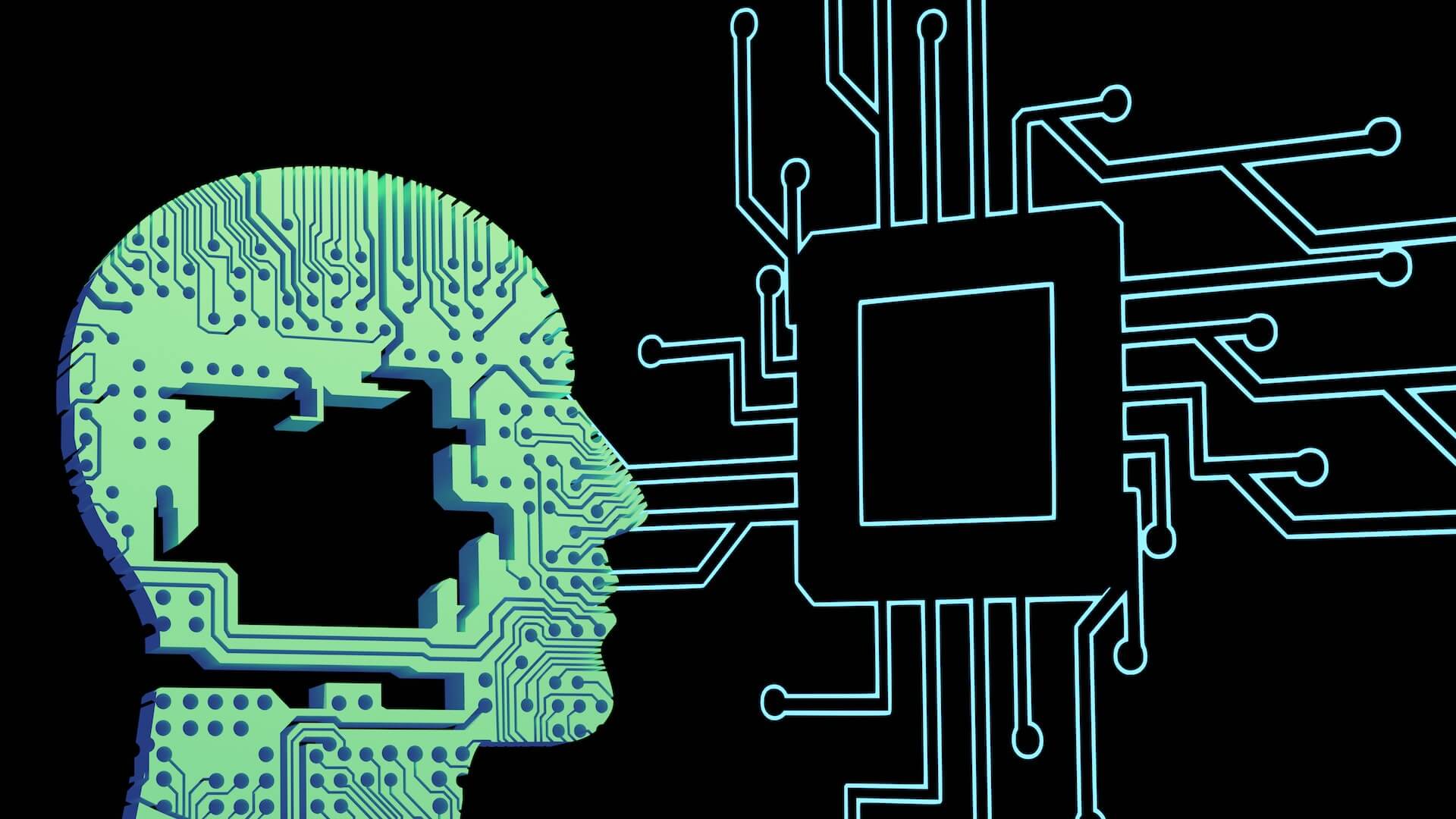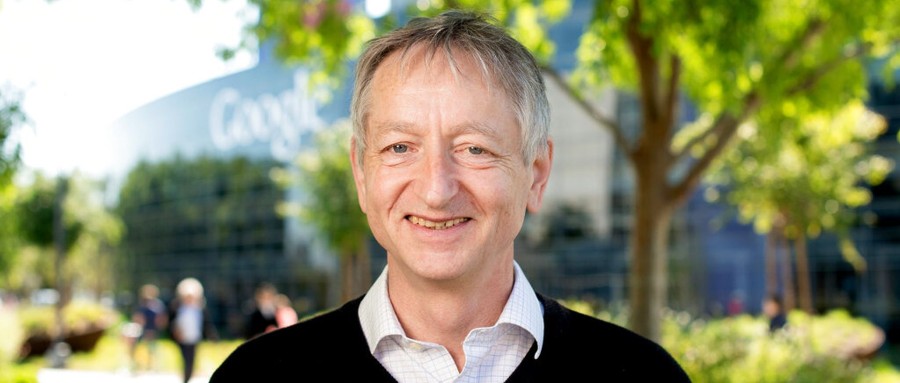As one of the world's largest cloud providers, Amazon is positioning Bedrock as a new type of Generative Artificial Intelligence (GPT) solution whose goal is to help companies rapidly build and optimize their software and applications.
AI
According to a recent survey conducted by automation software company UiPath, the majority of employees (about 60%) believe that AI-based automation solutions can reduce burnout and significantly improve job satisfaction.
AI models have many definitions today. They can be a parallel universe containing the digital version of human beings and the world, or a three-dimensional network that replaces today's two-dimensional network, or a graphical interface for predictive analysis and product design cooperation.
Researchers have developed an AI "decoder" that can decode the words that appear in a person's head by simply scanning brain activity with an instrument and passing it to a decoder for analysis
Proteins are composed of chains of amino acids, which fold into a three-dimensional shape that, in turn, determines the function of the protein.
Sundar Pichai, CEO of Google parent company Alphabet, announced in a post on its official website that the company will merge two AI labs, Google Brain and DeepMind, to form a new division, Google DeepMind.
Generative AI has great potential in healthcare, from improved diagnosis and treatment to drug discovery and personalized medicine.
Salesforce Announces Plans to Integrate Einstein GPT with Data Cloud, Salesforce Flow
The emergence of ChatGPT technology has triggered a change in human-computer interaction, and more and more people are paying attention to what impact ChatGPT will have.
Geoffrey Hinton, one of the "deep learning triumvirate" and 2018 Turing Award winner, has revealed that he has left Google.










